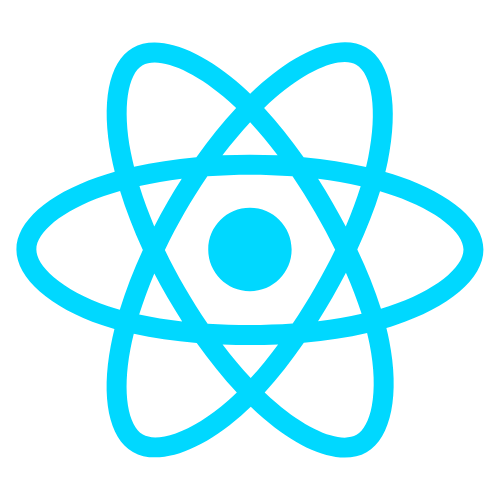Framework React Native
Characteristics of React Native:
- JavaScript-based framework
- Scalability: React Native allows you to create mobile apps of different sizes and complexity, so you can use it to create both simple apps and more advanced projects
- React Native uses a modular architecture, making the source code easy to maintain and modify

React Native Framework
According to Statista’s 2022 data, 6 out of 10 smartphones are Apple, which uses iOS; the rest are mostly Androids. Does this mean that when writing a given application, it is necessary to create it in two separate variants? No – the whole endeavor will be facilitated by React Native technology.
What it is React Native?
React Native is a suite of tools for cross-platform mobile, web and desktop application development. It can be compared to a framework, which is a set of ready-made solutions that streamline developers to create desired apps for more than one platform. At its core, the technology is very similar to Flutter, which is de facto direct competition to React Native. The difference is that React Native was created in 2015 by Facebook, while Flutter was created between 2015 and 2017, as a cooperative effort between Google and independent developers. Of the two solutions, it is React Native that is the most popular at this point – it is the most popular toolkit for mobile app development.
Application React Native
React Native is used to build applications available on different platforms using a single code. The technology was inspired by the problematic stability of Facebook in the form of a mobile app written in HTML. This was underscored by its founder Mark Zuckerberg, who in 2012 announced the creation of a proprietary system in the form of a framework. This has also happened, and React Native compiles to the native Java and Swift languages. React Native is available under a free access license, which has benefited widely recognized projects. Among them, it is worth mentioning the Discord platform, the Walmart store chain, the social medium Pinterest or the food ordering app Uber Eats.
Why choose solutions in React Native?
We value thoughtful solutions and technologies that make life easier. It should come as no surprise, then, that they also choose React Native in their range of solutions. In practice, this choice means three significant benefits for both developers and customers. The first is the ability to implement two separate projects using one set of tools. This means you can fit into a slightly tighter budget – and you certainly won’t have to pay twice for the same thing. The second advantage is to streamline work – faster completion of a certain group of tasks translates into faster project completion. This in turn satisfies both the client and the programmer. The third – but not the last – benefit is the vastness of the available libraries, which allows the project to be closely tailored to the Principal’s needs.
What kind of projects can you do in React Native?
See examples of using the React Native framework language.

Mobile applications
B2B and B2C mobile apps, economy sharing and more, running on Android and iOS platforms.
Start your project with React Native technology now.
Are you ready to tell us more about your project in React Native? Get in touch and schedule a no-obligation consultation.